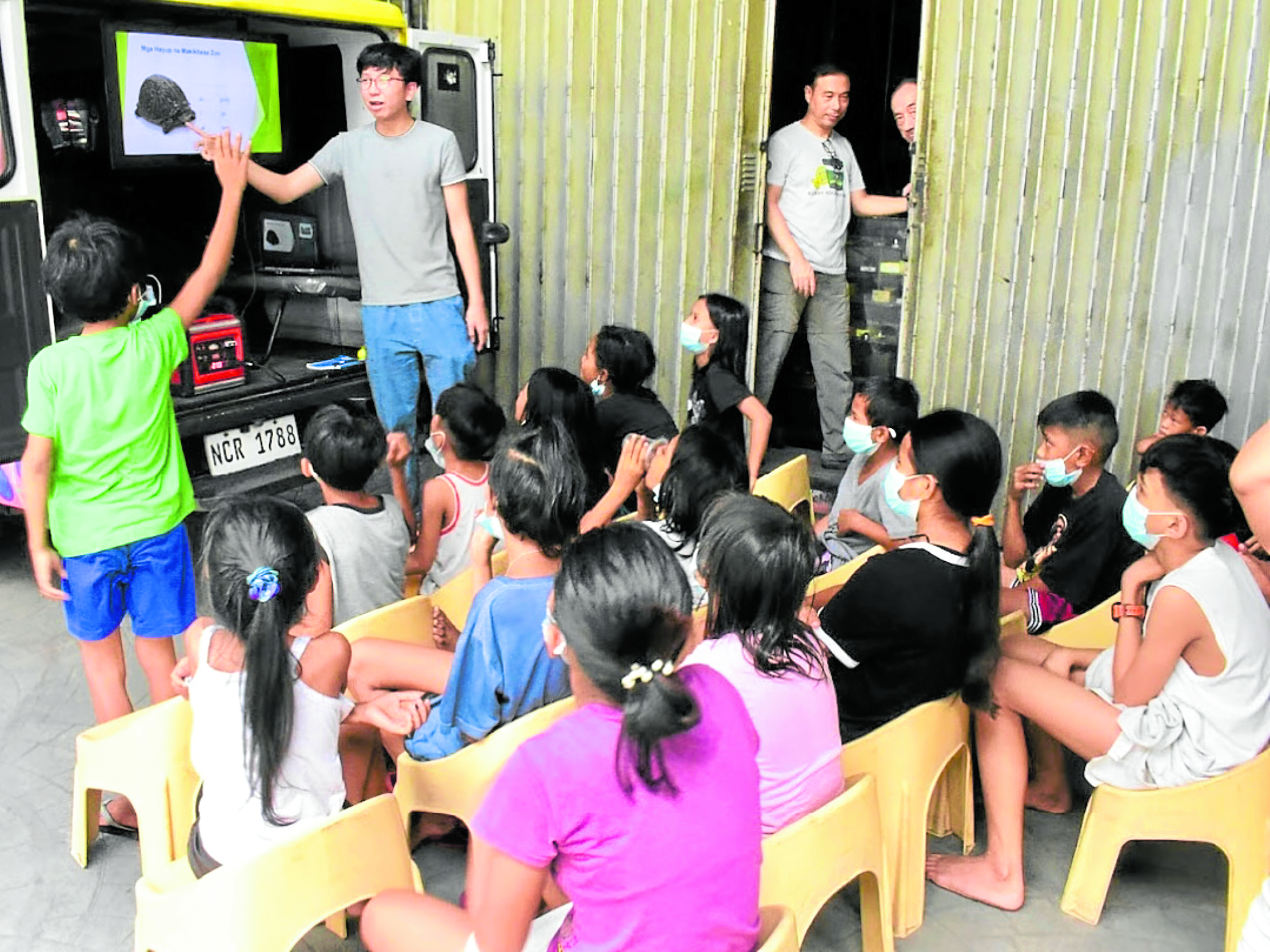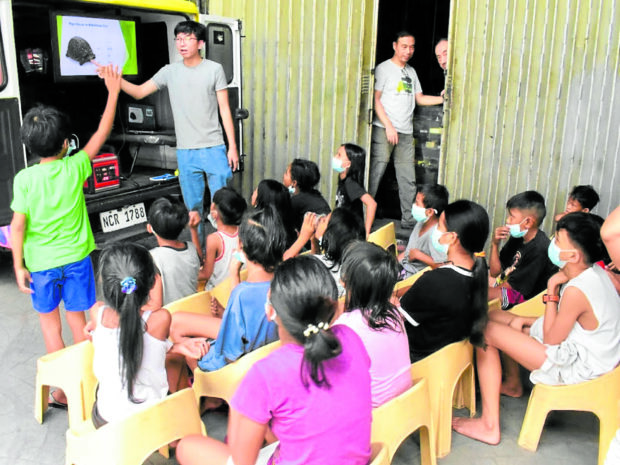
It is a Wednesday afternoon and we are walking along the ragged rail tracks in Blumentritt lined with hundreds of shanty dwellings that families have called their home. Here, the train tracks are the children’s playground, with the danger of being run over by a fast-moving train.
Today, they’re not waiting for a train, but for a teacher—a teacher who believes that the only way to get kids out of the streets and into the classroom is to make the street the classroom.
Teacher Ace Balaguer has been a street educator for 14 years. He has never taught kids in a classroom but only in the busy and noisy streets of Manila. For him, this is more than just a job. He sees street work as a mission, a lifesaving service for these children.
“This has become my mission,” he said in Filipino. “At first I was reluctant. But then I dreamt about broken slippers and dirty feet. That’s when I realized that maybe this is my mission. I’ve been able to apply what I learned at Don Bosco and because of this, I have helped save children from being sexually and physically abused.”
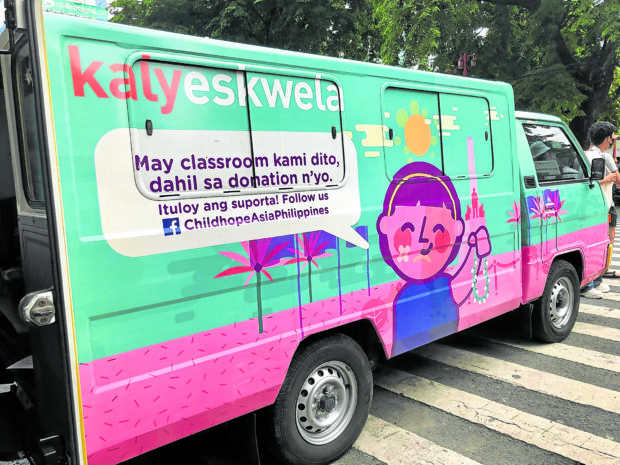
Teacher Ace is one of the many committed street educators of Childhope, a nongovernment organization founded in 1986 that focuses on educating street children through their mobile classroom.
Twice a week, Teacher Ace gathers over 20 kids, age 7 to 17 years old, most of whom have had no formal education or are in and out of school, and teaches them for over two hours.
These mobile classrooms, called Kalyeskwela, allows them to teach kids anywhere—on sidewalks and public spaces.
“They have difficulty reading and writing,” said Teacher Ace. “The students I teach are a mix. The out-of-school youth are the most challenging, it’s hard for them to even write their own name and read. Some of the kids are either abandoned or orphaned and have had to fend for themselves at such an early age that they haven’t gone to school. They’re pitiful.”
Getting kids off the streets
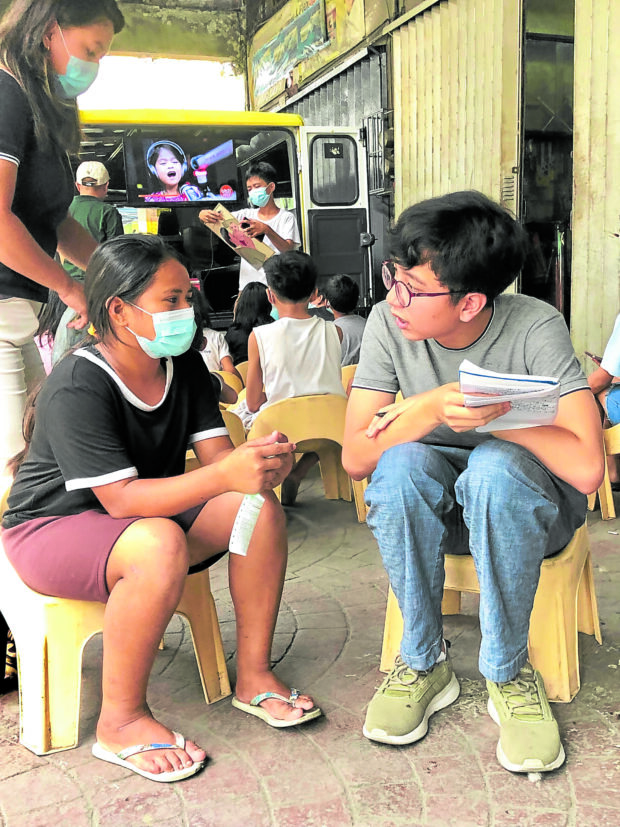
Twelve-year-old Abigael is one of his new students. Life is a struggle, specially at home. Her father is a construction worker who earns minimum daily wage; her mother is a housewife. And it’s always hard to make do with so little. For Abigael, Childhope is more than a classroom, but a hope for a way forward.
“Bago ako sa Childhope at sinusundan ko lang sila. Tinutulungan nila akong mag-aral. Nagtuturo sila, nakikinig ako at tinutulungan nila ang mga bata sa kahirapan (I’m new at Childhope. They’re helping me study. They teach, I listen. They’re helping us kids to emerge from poverty,” Abigael said.
Childhope has gotten many kids off the streets who otherwise would’ve lived a life of substance abuse and crime. Mylene Lagman of Childhope says they want to help empower these kids and help them realize they can achieve their dreams.
“Our mission is for the street kids to enjoy their rights and we vision them becoming responsible members of society, and for them to not be left behind,” Lagman said.
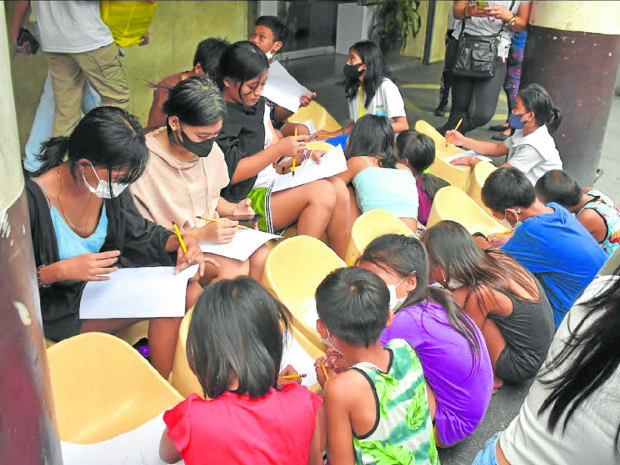
“Kung mahirap yung family (If the family is hard up), we refer them to a center. We want these children to go back to formal school and encourage them to stay in school for a chance at a better future. There should be someone who will stand and fight for their rights and responsibilities. We have the vision that no one will be seen as a street kid anymore.”
Benjie is one of those kids whose life would have taken a different turn if not for Childhope’s Kalyeskwela. Homeless and alone, he has slept on dirty pavements all his life, exposed to the danger in the streets. Lagman says that when they found him, he could barely read and write. Now 17, he is in Grade 11 and a scholar of Childhope.
“Benjie is an inspiration to us. Now he can become a responsible member of society and not just a street kid. Now that he’s educated, he has a chance to follow his dreams,” Lagman said. “Most of the kids drop out of school to focus on helping their families… They work sa tindahan (in the store), but we want to help them realize that there’s more to life than that and they can achieve more.”
Instilling their value
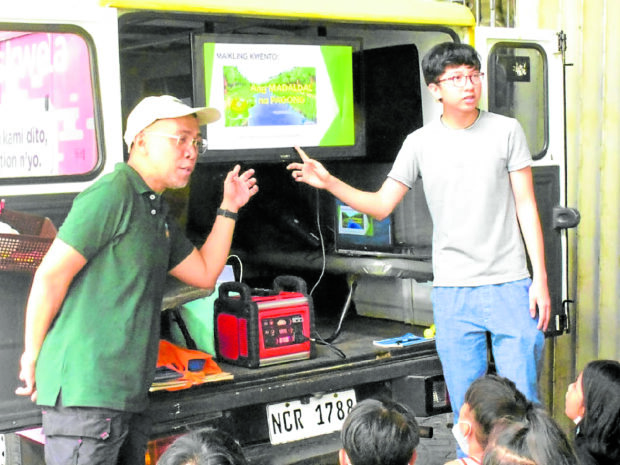
It was my first time to volunteer as an assistant street educator. It was such a sensory experience teaching near the train station, exposed to the elements, fighting to be heard against the city noise.
My job seemed simple enough—I was in charge of a game that would help initiate the lesson. The kids would spell out animal names and get them engaged. Every time one of them got the spelling right, their eyes would beam with pride! I realized these two hours every day don’t just teach them basic spelling or reading, but instills in them their value and importance.
The next day was a more challenging teaching site. Teacher Jessa teaches in bustling Divisoria. As she combs the streets and alleys calling children for class, she is welcomed with warm greetings, “Nanay Jessa! Nanay Jessa!” like their day turned for the better. They hold her hand, some run into her arms for a tight hug and they immediately share their stories. She jokes that she looks like a Christmas tree with almost 20 kids clinging to her.
The students consider her more than a teacher. She is a second mother to them.
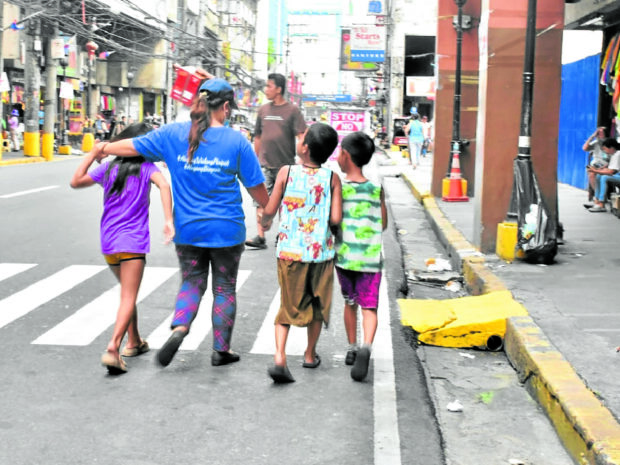
“I wanted to teach in the streets because it’s different,” Teacher Jessa said in Filipino. “It’s challenging to teach street children because they have different personalities and way of life. That’s why I find it fulfilling, because I get to make the children dream of a better life. We’re there to help them achieve their dreams.”
Most of the children come from broken homes and troubled backgrounds. Teacher Jessa is their counselor, a guiding pillar, an angel on the street. She teaches the kids to dream—and dream big.
“We have been able to help many graduate from school. Some have become policemen, teachers, social workers, among others,” she added. “They strived hard because they knew life’s difficulties. They don’t want to live on the streets forever.”
During my time with Teacher Jessa and Teacher Ace, I witnessed the power of giving. The gift of themselves are changing the lives of many kids on the streets. What they teach is far more impactful than what can be found in a textbook. It can change the direction of someone’s life—one that breaks the cycle not just of mental poverty but of hopelessness and lost dreams.
And Childhope gives them something money cannot buy: hope. —CONTRIBUTED
If you want to support our street educators so they can get more kids off the streets, contact Mylene Lagman of Childhope at 0922-8829156 or 0966-2059811

